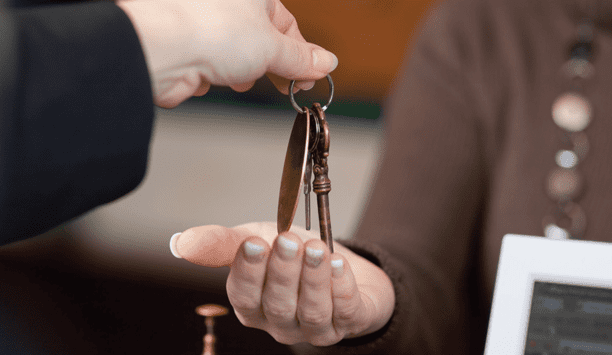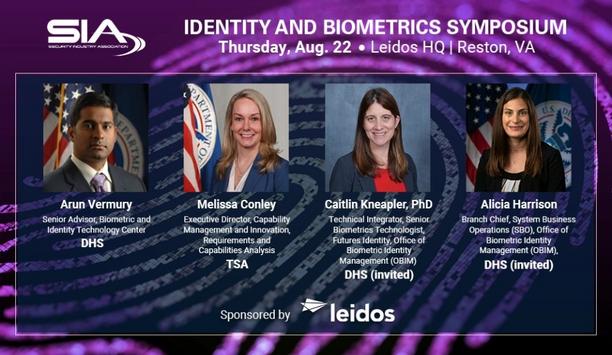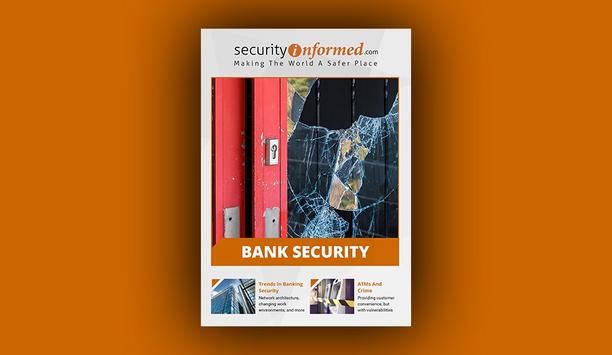Thermal Imaging and Thermal Cameras: '5 Minutes With' Rishi Lodhia from Eagle Eye Networks
SourceSecurity.com (SSc): Tell us more about Eagle Eye Networks and its role in the security industry?
Rishi Lodhia (RL): Eagle Eye Networks is the global leader of cloud video security. We're a scale-up that was founded in 2012 by a gentleman called Dean Draco; we're a company that develops cloud video surveillance platforms. We're the fastest-growing company in cloud video surveillance. We're globally active in practically all continents of the world and we've got our headquarters in Austin, Texas.
We also have our European headquarters in Amsterdam, an office in Tokyo, people in Latin America and Australia too. We're actively growing and expanding rapidly; we're growing our channels, such as security installers and I.T integrators, and we're adding a lot of technology providers - exciting times here!
(SSC) You recently released a white paper on a trending topic; thermal imaging and thermal cameras. Aside from the pandemic, why else do you think there has been a boom in this kind of technology in the security industry?
RL: So due to COVID-19, thermal imaging is an opportunity for the security industry. It's not a novelty because it's been around for a while, but due to the volume, the prices have been dropping for thermal cameras. With the thermal camera, you could identify if body temperatures are elevated or not. We as mankind can arm ourselves against the spreading of COVID-19; this is one of the solutions we can use - to put a thermal camera at an entrance of a building, and then when somebody comes in and has an elevated body temperature, you could act on that. It doesn't say whether somebody has COVID-19 or not, but it's one of the things that could be used as a measure. I don't think COVID-19 is the last virus coming around!
(SSC) So have thermal cameras lived up to the expectations placed on them during the pandemic you would say? What are their capabilities and what do you think is an exaggeration?
RL: There was a big hype around them in the beginning, and so companies in commercial buildings looked at extra measures to protect the visitors coming in. For instance, in hospitals and other facilities where multiple people are coming in. What we did see is that most of the thermal solutions were a standalone solution, and were not part of a larger security solution or video surveillance. We connected thermal cameras to our cloud video surveillance platform so that it became an integral part of the video solution. We believe that this is going to be a measure for the longer-term, but we do see thermal cameras just as an extra edge device on our video surveillance platform. I do think it's going to be a standard solution that potentially in the long run should be integrated into any commercial building.





